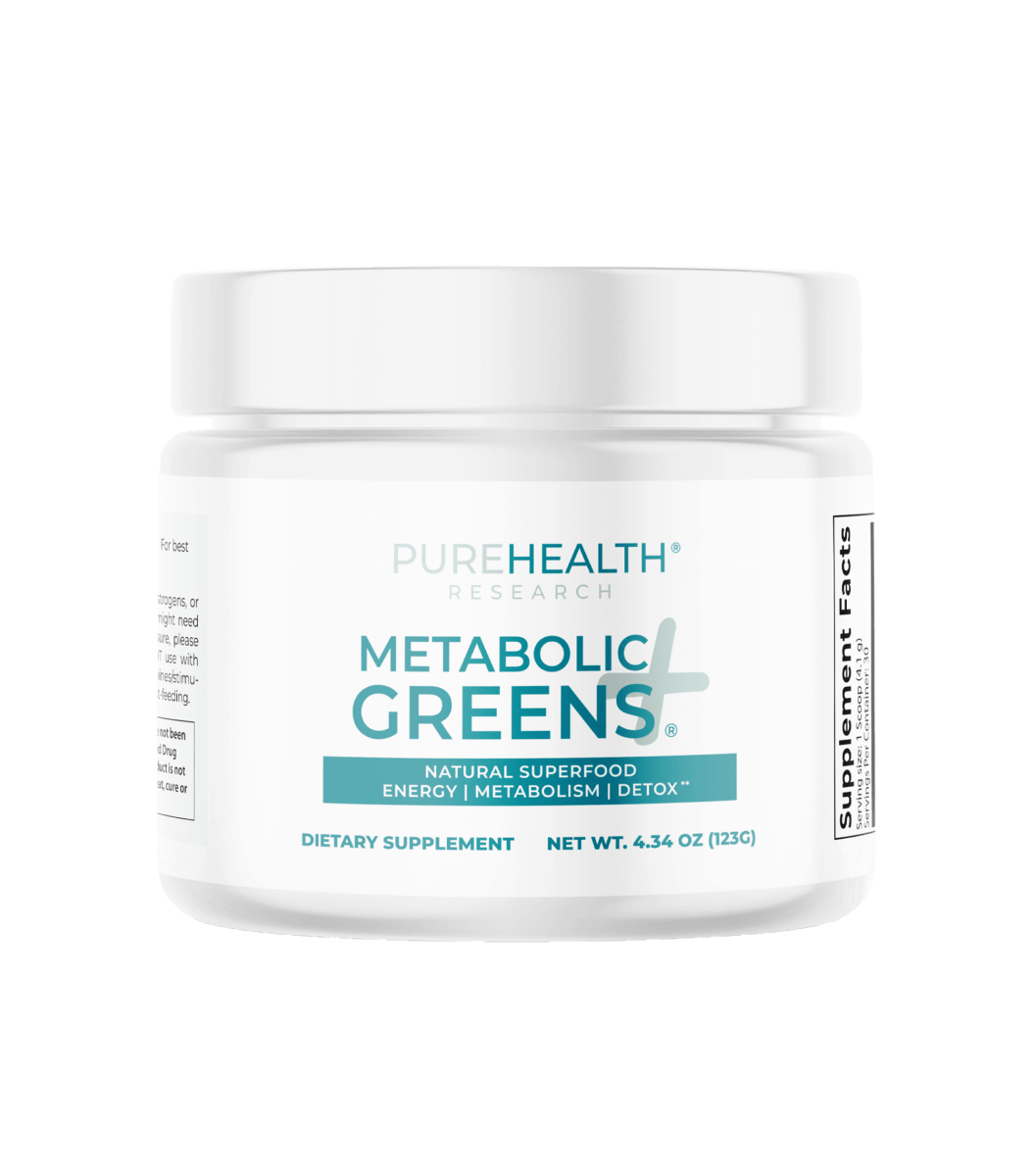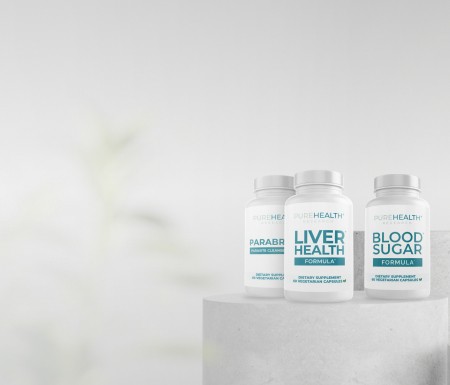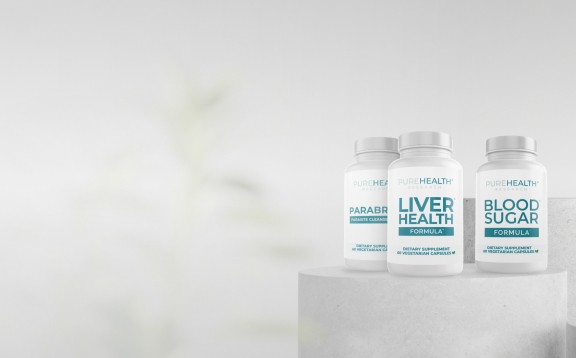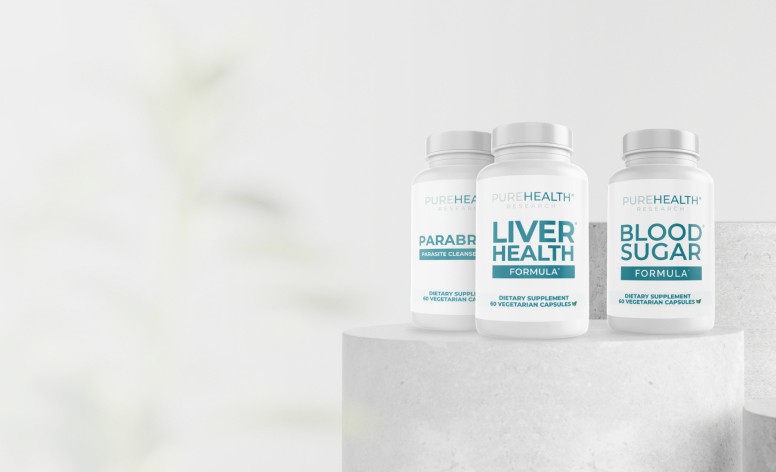How to Increase Metabolism After 40: 8 Best Ways
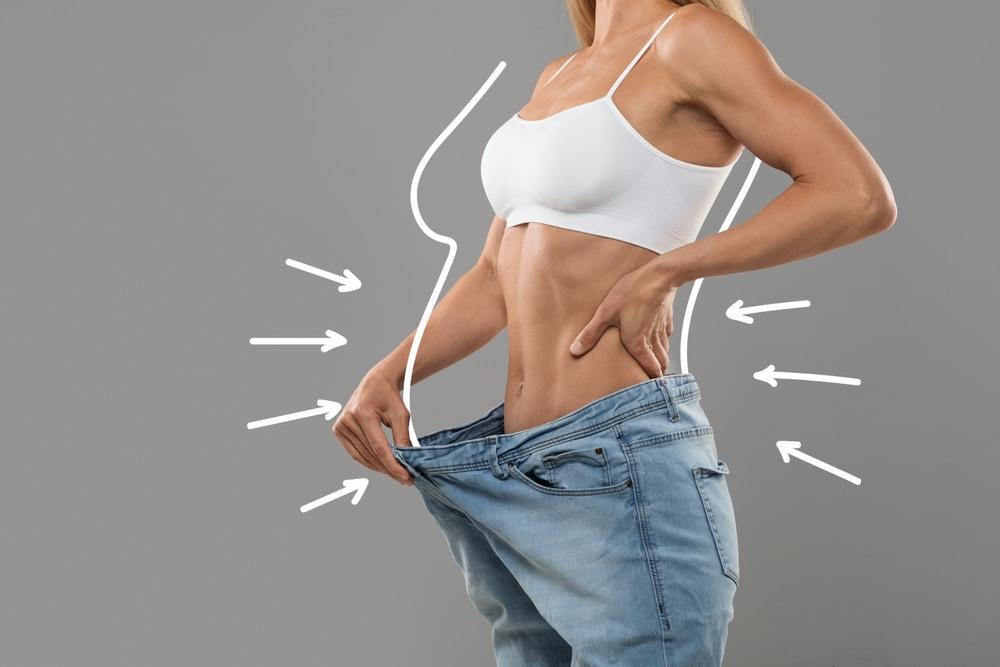

Has your metabolism hit the brakes now that you’re in your 40s? You’re not alone. Many of us find that our bodies don’t process calories quite as efficiently as they used to. While it can be frustrating, understanding these changes is the first step to managing them.
As we age, several factors contribute to a slowing metabolism:
- Loss of muscle mass
- Hormonal changes
- Decreased physical activity
But here’s the good news: a slowing metabolism isn’t an unstoppable force. There are plenty of ways to work with your body to maintain a healthy metabolic rate. Why does this matter? A well-functioning metabolism isn’t just about weight management – it’s key to your overall energy, mood, and long-term health.
In this article, we’ll explore 8 effective, science-backed strategies to boost your metabolism after 40. These aren’t quick fixes, but sustainable lifestyle changes that can help you thrive in this exciting stage of life.
Why Does Our Metabolism Slow Down as We Age?
As we journey through life, our bodies undergo various changes, including a gradual slowdown in metabolism. Let’s explore five key factors behind this natural process:
- Muscle mass decline – Our bodies naturally lose muscle tissue as we age, a condition known as sarcopenia. Since muscle burns more calories than fat, even at rest, this loss can impact our overall metabolism.
- Hormonal shifts – Age-related hormonal changes, such as decreases in growth hormone or estrogen, can affect our ability to maintain muscle and manage weight effectively.
- Lifestyle changes – As we get older, we may find ourselves less active, perhaps due to work demands or fatigue. This reduction in physical activity means we’re burning fewer calories throughout the day.
- Lowered basal metabolic rate (BMR) – Our BMR, which represents the calories needed for basic bodily functions, tends to decrease with age. This is closely tied to the loss of muscle mass and hormonal changes mentioned earlier.
- Dietary habits – Sometimes, we may find ourselves making less healthy food choices as we age, which can further impact our metabolism.
While a slowing metabolism is a natural part of aging, it doesn’t mean we’re powerless. By staying active, eating a balanced diet, and making mindful lifestyle choices, we can help manage the effects of these changes.
The Role of Hormones in Metabolism
Hormones are like the body’s chemical messengers, playing a crucial role in regulating our metabolism. Let’s break down how some key hormones influence the way our body processes energy:
- Thyroid hormones – These little powerhouses (T3 and T4) set the pace for our metabolism, controlling how quickly our cells turn food into energy.
- Insulin – Think of insulin as the doorman for glucose. It helps sugar enter our cells, where it’s used for energy or stored for later.
- Glucagon – Insulin’s partner in crime, glucagon steps in when blood sugar is low, tapping into our energy reserves.
- Cortisol – Often called the “stress hormone,” cortisol influences how we use glucose and break down fats. Too much stress, however, can throw this delicate balance off.
- Growth hormone – This hormone helps build muscle and burn fat, but its levels naturally decrease as we age.
- Leptin – Produced by fat cells, leptin tells our brain when we’re full, helping regulate appetite and body weight.
These hormones work together in a complex dance to keep our metabolism running smoothly. While we can’t control all aspects of our hormonal balance, maintaining a healthy lifestyle through diet, exercise, and stress management can help support this intricate system.
Exploring Catabolism, Anabolism, and More
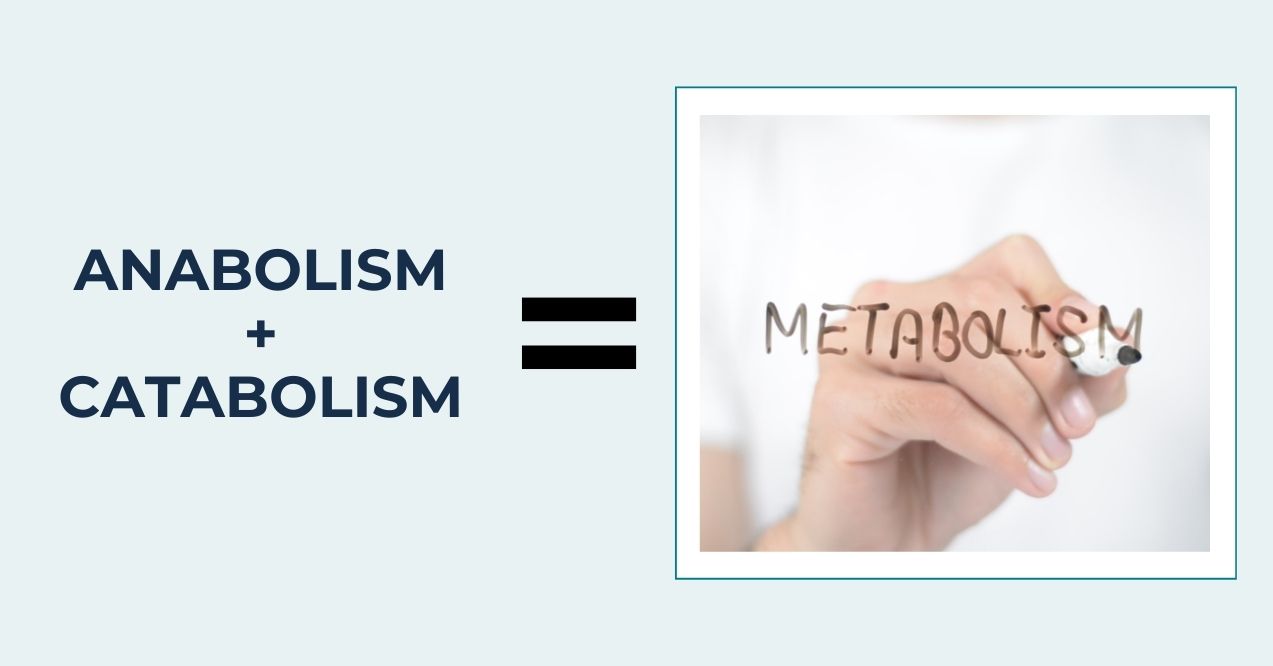
To understand how to increase metabolism after 40, you’ll need to learn the difference between catabolism and anabolism, two interconnected processes involved in metabolism. Here’s an overview of their differences, how they are affected by aging, and a closer look at individual metabolic rates.
- Catabolism – Think of this as your body’s demolition crew. It breaks down complex molecules into simpler ones, releasing energy in the process. For example, when you digest food, your body breaks down carbs, fats, and proteins to fuel various cell functions.
- Anabolism – This is your body’s construction team. It builds complex molecules from simpler ones, supporting growth, repair, and maintenance of body tissues. Processes like building muscle after a workout fall under this category.
As we age, both these processes tend to slow down. This can lead to a decrease in muscle mass, slower energy burn, and reduced tissue repair.
Now, let’s discuss the individual metabolic rates. These rates can depend on various factors, including age, body composition, hormone levels, genetics, and lifestyle habits. Aging can lead to changes in metabolic rate due to alterations in body composition, hormonal changes, and reduced physical activity levels.
- Basal Metabolic Rate (BMR) – The energy your body needs just to keep you alive.
- Resting Metabolic Rate (RMR) – Similar to BMR, but measured under more relaxed conditions.
- Thermic Effect of Food (TEF) – The energy used to digest and process food.
- Non-Exercise Activity Thermogenesis (NEAT) – Energy burned through everyday activities like fidgeting or walking.
Age can affect all these components, potentially leading to a slower metabolism. However, it’s important to remember that everyone’s metabolism is unique. Factors like genetics, lifestyle, and hormone levels all play a role.
While we can’t control all aspects of our metabolism, understanding these processes empowers us to make choices that support our health. Whether it’s staying active, eating a balanced diet, or getting enough sleep, small changes can make a big difference.
How Can You Increase Metabolism After 40
Easy fixes are the best! Here’s how to boost your metabolism after 40 by making simple changes to your lifestyle.
1. Step Up Your Physical Activity
Do you lead a sedentary lifestyle? That’s not a surprise, considering the way most people work today. Many do their jobs in front of computers instead of performing physical tasks. Therefore, taking the time to exercise is crucial.
As we age, our body experiences massive changes. Our metabolism rate at 40 isn’t the same as it was in our 20s. That may stem from decreased muscle mass and suffer from hormonal changes. But that’s not to say that doing some form of exercise is only important when you get older. Working our bodies is vital at every age.
To increase your metabolism after 40, you can try strength training or resistance exercises. Weightlifting builds muscle mass, which further improves your metabolism and calorie-burning rates. At the same time, work that heart!
Cardiovascular activities, such as jogging, brisk walking, swimming, and cycling, are excellent for the heart and burning calories. Besides that, you’ll want to look into aerobic exercises, yoga, or tai chi. They drive a healthier metabolism rate by improving flexibility and posture.
2. Push Your Limits With High-Intensity Interval Training (HIIT
Remember what we said earlier about being sedentary throughout the day? The typical 40-year-old individual may be reading this while sitting and working in front of their computer. They probably don’t have much time for much else in their life other than work and family. That doesn’t have to be a barrier to exercise.
Have you heard of high-intensity interval training? It’s a true revolution for the busy generations of today. With HIIT, you don’t need to head to the gym or buy special exercise equipment. Anyone can get fit from the comfort of their own homes or offices. It takes anywhere between 10 and 30 minutes, and may be even more effective than longer workouts.
You can find many apps and videos online that will help you master HIIT. Typically, you’ll alternate between short, intense periods of exercise and recovery slots. HIIT pushes the body and increases the heart rate, allowing you to burn more calories.
3. Power Up With Protein Foods
It doesn’t matter if you’re above 40 or a young adult – protein is crucial for a better metabolism rate. In comparison to carbs and fats, your body doesn’t digest, absorb, and process protein as quickly because of its higher thermic effect. Therefore, you’ll use more calories to do so.
Protein also helps people maintain a healthy metabolism rate by increasing muscle mass. And because older people lose their muscles, their metabolic rate slows down.
To remedy the situation, those over 40 should infuse their diet with lean meat, fish, eggs, legumes, soy products (tofu and tempeh), and low-fat dairy. Vegans and vegetarians can focus on lentils, legumes, nuts, seeds, quinoa, and plant-based butter. Seek plant food rich with amino acids, which will aid will bulking up the muscles.
With that said, balance is key. Consider the timing of your meals and spreading out your protein intake. And make sure to consume a good variety of nutrients.
4. The Diet Makeover
Ask the experts how to increase your metabolism, and they’ll definitely point to your diet. How well do you eat? If you’re 40 and over, you most probably have a regular routine. You wake up at a reasonable time in the morning, head to work, have a lunch break, continue getting stuff done, and then have dinner before heading to bed.
Many people don’t have the time to prepare a wholesome meal and practice healthy eating. They tend to order takeout, munch on snacks, and sip on sugary soft drinks or alcohol. Wondering, does alcohol slow metabolism? In short, yes. Nevertheless, if this sounds like you, it’s time for a diet makeover. You can’t do all that and hope for an optimized metabolic rate, especially if you’re in your 40s.
Take the time and do the necessary research to learn what your body needs. To help with this, you might want to check out our list of the 20 best foods to boost metabolism. It is a good idea to approach a dietitian who will be in a better position to advise you on what to consume during mealtimes. Aside from what you put in, consider portion sizes and meal regularity.
5. Sip, Refresh, and Revitalize
If you’re not the type to only drink water with a meal, then you need a reset. Water is a wonder drug that many of us neglect to consume enough of. It helps our bodies digest food and absorb nutrients. Water also enables you to eliminate waste through urine and sweat. Removing these toxins will help you raise your metabolic rate.
That aside, water helps us feel full, preventing us from overeating. So the next time you think you’re hungry, drink a glass of H2O! If you throw in some ice, you’ll enjoy an additional benefit. Cold water increases thermogenesis and calorie expenditure, albeit temporarily.
Drinking enough water also helps you exercise better. If you’re looking for peak performance, you must be adequately hydrated. You’ll burn more calories as the workout lasts longer. It’s even easier to aim for higher intensities. As a general guideline, 8 cups a day is all you need. Increase your intake if you lead an active lifestyle.
6. Sleep Well, Live Well
Despite the trend to lead busy lives and fill our days with non-stop activities, it’s always a wise idea to slow down. We need adequate rest, whether we’re teenagers or older. Sleep is one of the major factors that affect our metabolic rate.
When we rest at regular intervals, our hormones do a better job of regulating themselves. The balancing act regulates our appetite, reducing hunger pangs and optimizes metabolism rate. Adequate sleep also helps our muscles rebuild and repair from our daily activities, leading to increased calorie burning.
Prioritize good sleep by setting your hours right. Aim for around eight hours nightly and consistency. If you find it difficult to turn off at night, create a conducive environment with blackout shades and by reducing screen usage at least two hours before bedtime. Calm yourself down by reading, enjoying a warm bath, and practicing a few minutes of meditation. And keep away from caffeine in the afternoon!
7. What Habits Are Best to Avoid?
It’s hard to avoid falling into the rut of unhealthy habits. However, it’s human nature to do so, so don’t feel too bad about it. Knowing that you need to increase your metabolism rate is the first step. Next, you need to change what doesn’t work.
Avoid crash and highly restrictive diets. If you consume a low amount of calories, your body will try to conserve as much energy as possible, bringing down your metabolic rate. Instead, practice balance. And refrain from skipping meals, too. A disruptive routine will mean that you won’t get a sufficient flow of energy throughout the day.
At the same time, make it a point not to sit down for long hours. Set an alarm to get up and do a quick HIIT exercise or walk around. Doing so will also reduce your stress, which affects your cortisol levels. However, your optimal metabolism rate may differ from others – remember that!
Try Supplements to Increase Metabolism After 40
Aside from the above tips, you’ll need to set your diet straight. Here are crucial supplements to increase your metabolism after 40.
1. Capsaicin
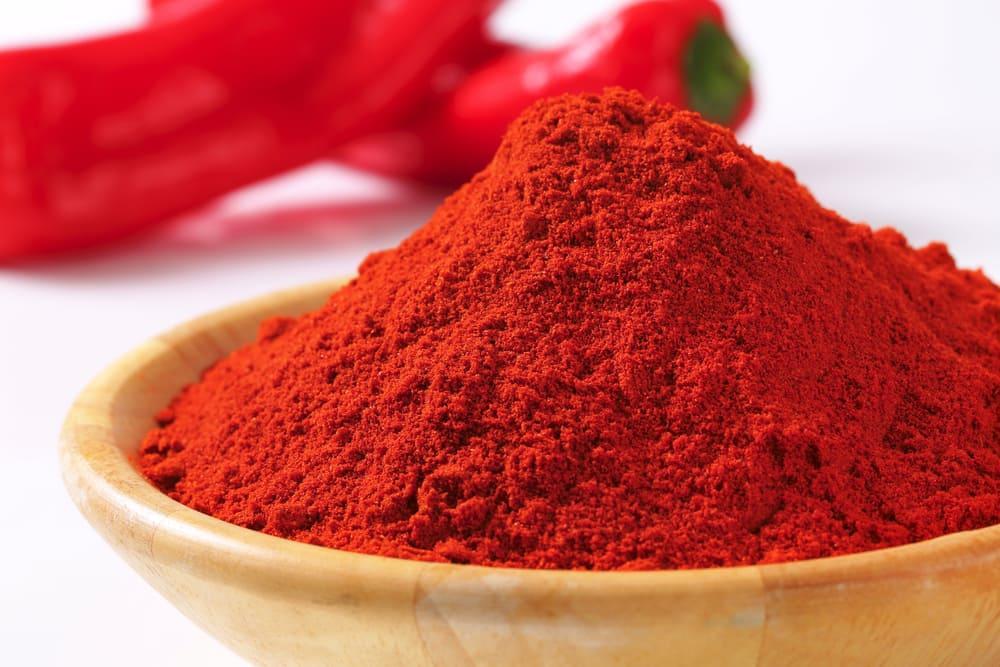
Have you tried some spice in your food? It takes some getting used to, but once you get going, you can’t stop! And that’s a good thing, too. Capsaicin, the element you’d find in chilies that causes its spicy taste, is a metabolic booster! Here are some reasons why:
- Thermogenic: An increased body temperature leads to a faster metabolism.
- Fat oxidizer: The burning of fat happens at an accelerated rate with capsaicin, breaking down fat molecules. Therefore, workouts are more effective for weight loss.
People who eat spicy food feel hungry less often. Capsaicin’s appetite-suppressing elements help those trying to lose weight by managing their calorie intake.
With that said, consuming capsaicin on its own won’t bring a notable change to your metabolism rate. Combine it with the other tips and supplements mentioned in this article. As too much spice may cause nausea and discomfort, keep amounts in moderation!
2. Conjugated Linoleic Acid (CLA)

The studies on CLA show promising results. The fatty compound, usually found in meat and dairy foods, looks like a well-kept secret. Research suggests that conjugated linoleic acid impacts the body’s metabolic rate by promoting the breakdown of stored fat, increasing oxidation.
CLA also has the potential to increase muscle mass and growth, helping you burn more calories than fat tissue. The fatty acid enables you to have a faster metabolism even while you’re sitting and resting!
Therefore, the next time you’re food shopping, make sure to add the following items to your cart:
- Beef
- Mutton
- Eggs
- Mushrooms
- Vegetable oils (including hydrogenated soybean oil)
Supplementing with conjugated linoleic acid isn’t going to produce magical effects on its own. Combine your efforts with exercise, rest, and relaxation. At the same time, make sure to contact your physician to ensure the supplement won’t cause your body any harm.
3. Green Tea Extract
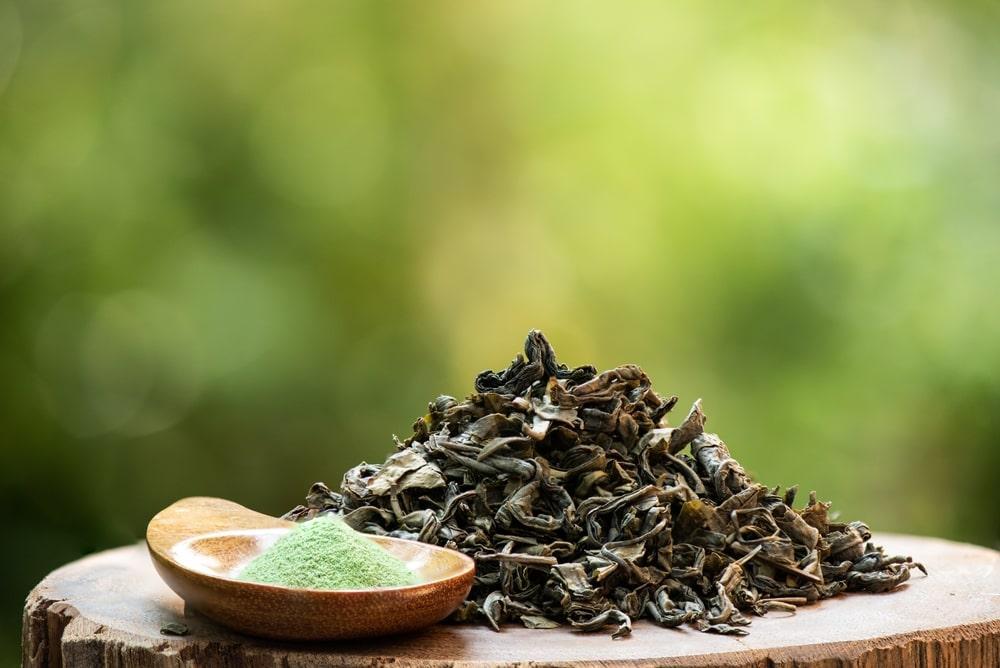
Billions of people worldwide consume green tea. With 600,000 tons consumed annually, this tea is popular, and with good reason. Its antioxidant properties make it perfect for improving liver, heart, and brain functions. Your skin will also benefit from a cup of green tea a day. Moreover, it reduces cancer risk!
Another advantage of drinking green tea or consuming the extract is weight loss. As it’s rich in catechins and caffeine, the tea enhances hormone regulation and thermogenesis, the process whereby the body digests food for heat.
One well-cited study showed that people who took green tea experienced increased fat burning. Another study shows that the boosted metabolism may persist for the long term.
Despite all that, people need to consume green tea extract in moderate amounts. If you aren’t used to caffeine, it may cause irritability, anxiety, and sleeping issues. Too much of it can lead to toxic effects.
4. L-Carnitine

Your body produces L-carnitine naturally. However, you can also find it in food and supplement form. It’s a derivative of amino acid that is crucial for energy production as it transfers fatty acids into cells. Many studies show its effectiveness in boosting weight loss, improving brain function, etc.
L-carnitine aids mitochondrial function, playing a vital role in healthy aging and disease prevention. When it comes to weight loss, the amino acid moves fatty acids into cells for energy burning. This implies that L-carnitine is essential for a higher metabolism rate.
Foods containing the highest levels of L-carnitine include meat, poultry, fish, and dairy products. On the opposing end are fruit, vegetables, and grains. In general, L-carnitine is safe for most people to consume. Nonetheless, it may lead to trimethylamine-N-oxide (TMAO) buildup.
The Green Blend Supplement
Making it a point to search for food ingredients containing the above elements may be a challenge. You’re probably at the peak of your career and have a very busy social life. Therefore, wouldn’t it be great if you could just enjoy a daily refreshing drink, significantly boosting nutrient diversity and your metabolic needs? Thankfully, PureHealth Research has come up with Metabolic Greens+.
The team behind this wonderful supplement, led by award-winning Dr. Holly Lucille, ND, has spent hours and hours ensuring customer satisfaction. The company is so confident in the product that all clients enjoy a 365-day money-back guarantee.
The results truly speak for themselves. Metabolic Greens+ is a premium combination of five superfood blends, each of them revitalizing and necessary for optimal health. Those with diet restrictions will be happy to know it’s non-GMO, vegan, and free of gluten, dairy, and soy.
Aside from supporting healthy metabolism, the evidence-backed ingredients in Metabolic Greens+ by PureHealth Research help with the following:
- Boosts immunity
- Reduces bloating and gas
- Facilitates nutrient absorption
- Increases nutrient diversity
- Promotes optimal digestion
- Combats free radicals
- Maintains healthy blood glucose levels
- Improves mood and wellness
- Brings more energy
- Supports aging process
Earlier, we mentioned that the supplement is a blend of five superfood groups. Let’s discuss what they entail:
- Greens blend: A combo of six ingredients to support your energy needs, it increases your metabolism, boosts your digestion process, and kick-starts fat burning.
- Reds blend: Enjoy an infusion of 19 fruits and veggies packed with antioxidants, polyphenols, flavonoids, and enzymes. Fight free radicals and build your immunity the right way.
- Metabolic blend: If you’re looking for an easy way rev your metabolic rate by incorporating ginger, cinnamon, bitter melon, turmeric, black pepper, and white tea into your diet, this is it!
- Probiotic blend: Ten pre- and probiotics nourish your gut as it’s the center of so many bodily functions.
- Enzyme blend: The six digestive enzymes increase the absorption and rewards from the above real foods. Reap their benefits with this blend.
Final Thoughts
Staying lean and mean doesn’t come easy when you enter your 40s. At this later stage of your life, you’ve probably developed a few habits that don’t have the best effects on your metabolism rate. Perhaps you’re more stressed than ever before, or a sedentary lifestyle has become the norm. Or maybe your diet is more along the line of quick and easy instead of healthy and wholesome.
Either way, there are many steps you can take to overcome a slowing metabolic rate. The answer to how to increase metabolism after 40 is clear. Outlined above are tips and supplements that will have you living your best life. Go for it!
Metabolism slows down due to muscle loss, hormonal changes, decreased activity levels, and a lower basal metabolic rate (BMR).
Hormones like thyroid hormones, insulin, glucagon, cortisol, growth hormone, and leptin regulate various metabolic processes.
Supplements like capsaicin, conjugated linoleic acid (CLA), green tea extract, and L-carnitine may help increase metabolism.
Crash diets, skipping meals, prolonged sitting, and high stress levels can negatively impact metabolism.
Adequate sleep helps regulate hormones that control appetite and metabolism, promoting a healthy weight and energy balance.
Popular Articles
Advertisement. This site offers health, wellness, fitness and nutritional information and is designed for educational purposes only. You should not rely on this information as a substitute for, nor does it replace, professional medical advice, diagnosis, or treatment. If you have any concerns or questions about your health, you should always consult with a physician or other health-care professional. Do not disregard, avoid or delay obtaining medical or health related advice from your health-care professional because of something you may have read on this site. The use of any information provided on this site is solely at your own risk.
